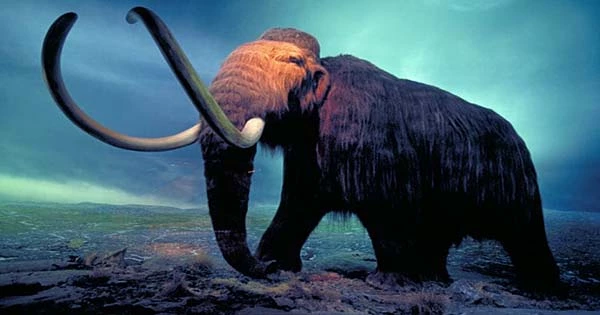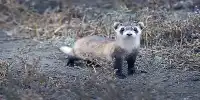It was good while it lasted — we’d had three weeks of humans being absolved of blame for the woolly mammoth’s demise, and now it appears like its back to being largely our fault after all. Only a combination of human involvement and a changing environment, according to a new report, can explain mammoth demise. In general, the authors conclude that species seldom become extinct due to a single reason. Few scientific debates are as acrimonious or as long-running as the debate about human responsibility for the extinction of large animals outside of Africa.
It’s hardly unexpected, therefore, that the notion that one of the biggest land mammals to coexist with humans died extinct as a result of climate change would be debunked. Dr. Damien Fordham of the University of Adelaide led a team that used data on mammoth presence and absence across their original range to take a wide picture of woolly mammoth extinction. Human hunting pressure, according to Ecology Letters, began the mammoth’s demise 20,000 years ago. The scientists discovered what they believe are the parameters for mammoth extinction by studying the situations under which localized extinctions occurred.
They believe that without human intervention, climatic change over the previous 10,000 years would not have been sufficient to eradicate these massive monsters. “Our findings suggest that humans were a key and persistent driver of woolly mammoth population decreases, playing a critical influence in the time and location of their demise,” Fordham said in a statement. Extinctions that occur in close proximity to human arrival, such as the dodo, are easy to blame on humans. Similarly, animals that died out before people arrived may very certainly be linked to something else — generally climate change. Other examples are more difficult to sort out, but Fordham and colleagues believe that by pinpointing the conditions that lead to localized extinctions, the two may be distinguished.
“We can’t duplicate the [mammoth] fossil record without a substantial involvement for people,” Fordham told IFLScience after examining 90,000 possibilities. “Our research enhances and clarifies the argument for human influences as a cause of megafauna population decreases and range collapses in Eurasia during the Late Pleistocene,” stated co-author and University of Copenhagen professor Dr. David Nogués-Bravo. “It also demonstrates that species extinctions are frequently the consequence of intricate interactions among hazardous factors.”
Despite the fact that the last mammoths died out 4,000 years ago, they were only found on Wrangel Island. Until recently, it was considered that continental mammoths had died out 4,000 years ago. According to Fordham and Nogués-modeling, Bravo’s the hairy monsters should have lasted as long as they did on Wrangel in some poorly-explored Siberian refugia. The researchers didn’t have any field evidence to back up their findings. Ironically, a report released last month, although reaching very opposite findings on the demise of mammoths, also found DNA evidence supporting mammoths’ resilience in exactly the kinds of areas indicated by this paper.
Without a comparable thorough fossil record, the findings isn’t immediately relevant to other megafauna species. Fordham, on the other hand, informed IFLScience that it agrees with the conclusion that “extinctions are unlikely to occur due to a single factor.” It’s generally due to a combination of factors working together.” Mammoths are being cloned in the hopes of bringing them back to life. There is a lot of discussion concerning the technological feasibility and ethical implications of this. When humans were the cause of the initial extinction, some individuals believe the argument for “de-extinction” is considerably stronger. “We have such an approaching dilemma in terms of protecting current biodiversity,” Fordham told IFLScience. “Resources need to focus on that.”
















